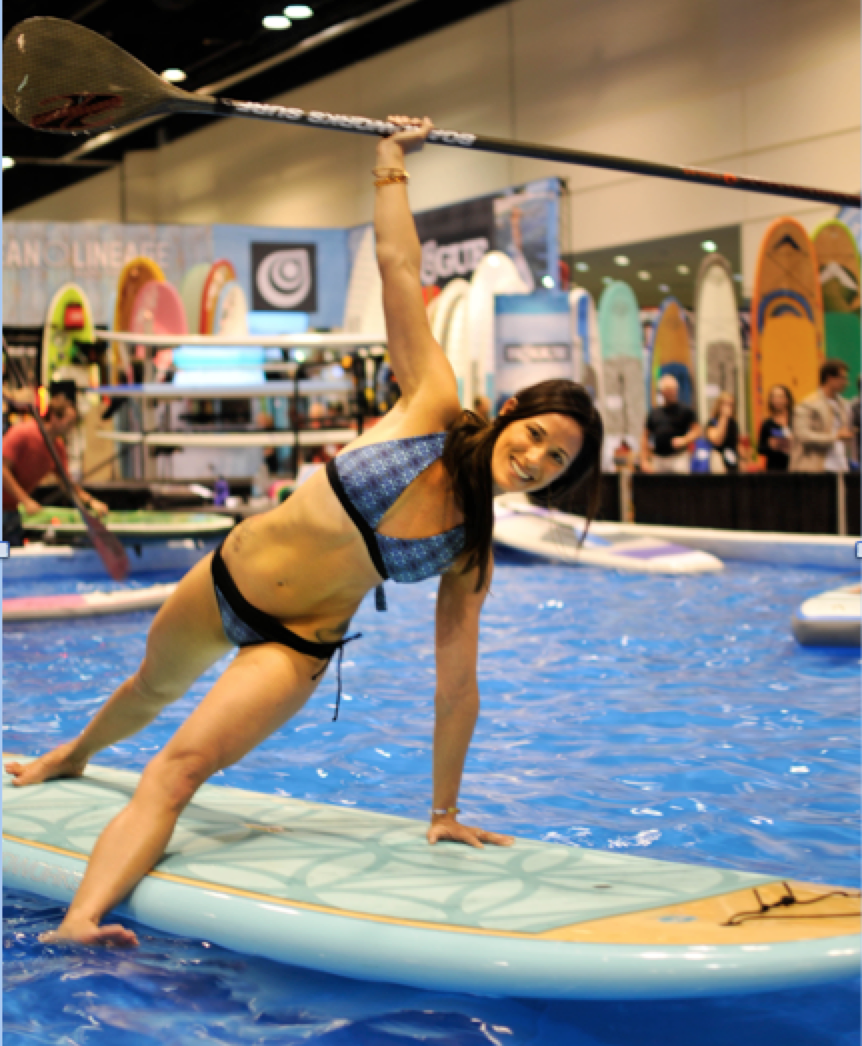Top 3 SUP Yoga Poses
Photo by BTapes Media
SUP yoga is making a big splash in the fitness & wellness world because it’s a fun, outdoor practice that adds a unique balance challenge.
There are endless postures to practice & yogis will like each one for different reasons - physical benefits, playfulness, level of challenge, strength, etc. Not all poses will work for all bodies or experience levels but can always be modified to meet each person where they are in their present state. Like “land yoga,” SUP yoga postures can be modified when needed AND you can use your board and paddle as a prop, similar to a block or strap, to stabilize & explore the depths of any pose.
Here are MY top 3 SUP yoga poses that resonate with my body & style of practice:
Navasana or Boat Pose
1. Boat Pose or Navasana:
I love this pose for it’s core-strengthening & balancing properties, & proper nautical reference. Because it’s from a seated position, this is a great posture for beginners, keeping your center of gravity low for greater stability & to eliminate the fear of falling. You can also use your paddle as a prop to assist in maintaining proper alignment.
Boat Pose Prep
How To: Position your sitz bones just in front of the handle, knees bent, feet flat. With the paddle across the deck pad in front of you, step your feet over the shaft & pick it up with an underhand (palms face up) grip. Pull the shaft against your hamstrings by bending elbows & drawing them back toward your sides, shoulders away from ears. Use this isometric as leverage to keep your spine long & tall (avoid collapsing into a rounded spine).
Engage mula bandha by squeezing your inner thighs & drawing pelvic floor muscles in & up, magnetize your low abdomen toward your sacrum & navel toward your spine. Shift your weight back & come onto your toes. Try lifting one foot, then the other foot, working to lift both at once keeping knees bent at 90 degrees. To advance, extend legs into a longer lever with feet at eye-level, maintaining length in the spine & a flat back. Then, release the paddle isometric by extending your arms like you’re offering the paddle as a gift. If you should begin to collapse in your torso simply return to the paddle isometric to regain proper alignment.
2. Fallen Triangle:
I practice this pose almost every time I’m on my board because it’s a playful twist, a bit technical & total-body strengthening. Using leverage & the rail of the board as a prop, it connects your foot to the water for a refreshing sensation you won’t get in the studio! I give this pose an intermediate-advanced level rating although anyone can practice the preparatory steps leading up to the full expression to get a taste of it.
Fallen Triangle
How to: From plank position with your navel lined up over the handle & shoulders over wrists, rock your hips back & up into downward facing dog. Lift right leg into 3-legged dog or down dog split. Bend right knee & rock hips forward to plank threading right knee through toward left elbow. With shoulders stacked over wrists maintain this twist & abdominal contraction & extend right leg completely with foot reaching out to the left rail. Base the outer right foot/ankle (whatever reaches) onto the rail like a kickstand and rotate your left foot onto its inner/big toe edge. Shift your weight into your right arm & come onto left fingertips. Once stable, press down through your right arm & inner right foot, lift up through your right obliques & raise your left arm up to the sky. Allow the outer right leg to easily slide further across the rail toward the water (basing it near mid-calf) to further open your chest up to the left & dip your foot into the invigorating water. Now try the other side!
Savasana or Corpse Pose
3. Corpse Pose or Savasana:
The mother of all yoga poses – this is what the physical practice is leading up to – preparing the body, mind & spirit for relaxation & meditation. This is an especially unique experience on a stand up paddleboard as you float weightlessly, literally going with the flow & becoming one with the water energy beneath you while absorbing the sensations of the outdoor environment surrounding.
How To: Make sure you are in an appropriate, safe space & have a look-out partner or instructor – someone to watch out for your safety while you are in meditation. Recline on your back (head facing either tail or nose) with your hips centered over or just in front of the handle. Stretch your legs out in front of you, the paddle laying across the board with the shaft securely under the bend in your knees, feet about shoulder distance apart & rock your legs in & out until your feet fall open naturally. Slide your shoulder blades down your back & bring your arms into a low V at your sides, palms face up. For the full SUP effect, let your hands dip slightly into the water to connect with its currents. Rock your head gently side to side to find a comfortable place for it to rest. Make any final adjustments so you can rest in stillness for the next 5-10 minutes. Close your eyes & imagine a wave of relaxation washing over your body from head to toe - any tension, stress or distraction drifting away. Allow your breath to become easy & effortless. Notice the sensations you’re experiencing - feeling the warmth of the sun contrasted with the cool breeze, the smell & taste of salty ocean air, the sound of birds… Give yourself permission to let go of expectation, identity, or anything you may be holding on to & just be, just as you are in this moment of .ahhhhmazing peace.
Photo by BTapes Media
-Written by Jessica Cichra, Wave of Wellness






